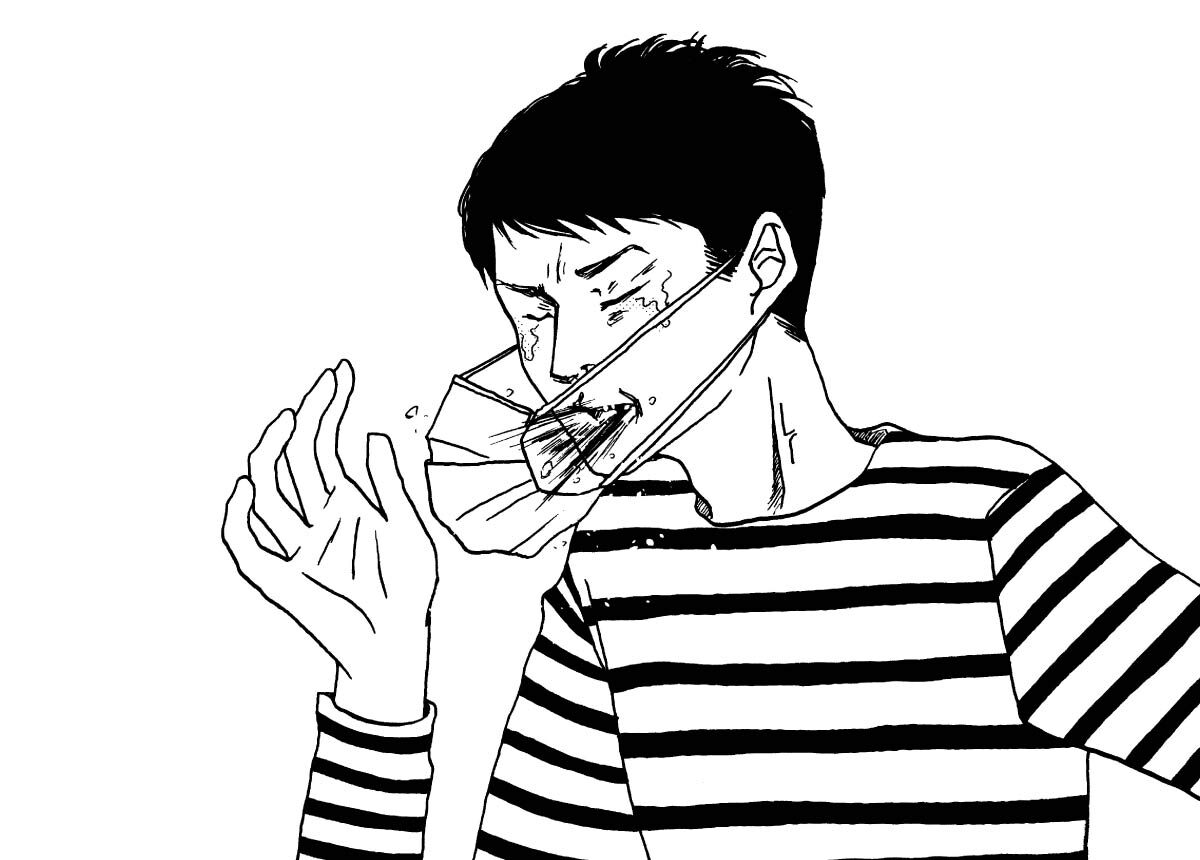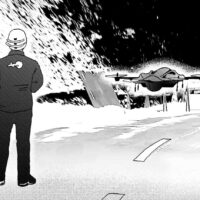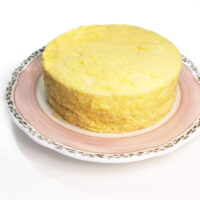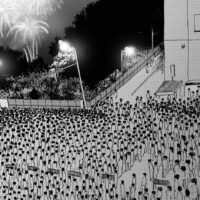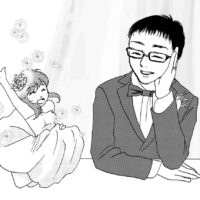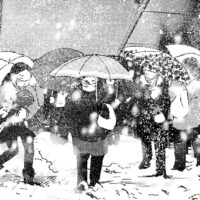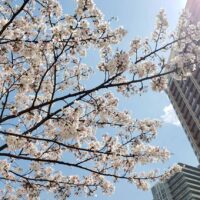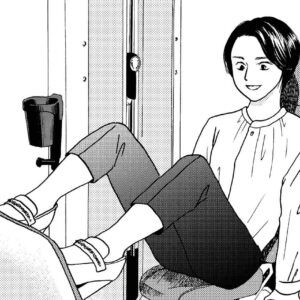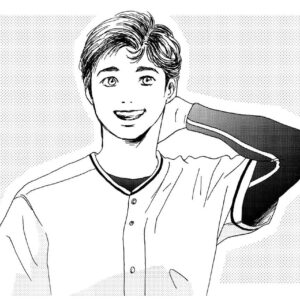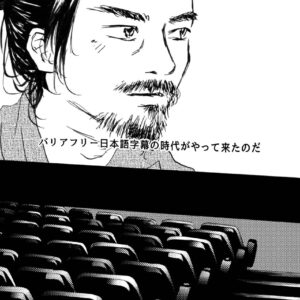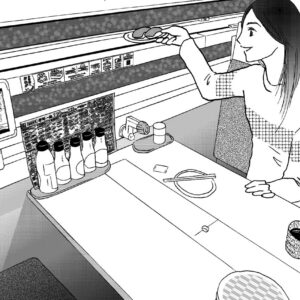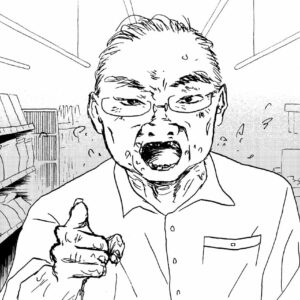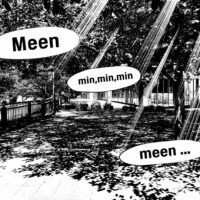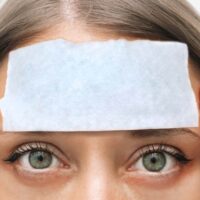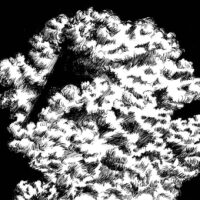Once again this year, Japanese people have to fight hay fever. Hay fever is an allergic reaction of the human body to pollen. The immune system overreacts to pollen. And it causes sneezing, a runny nose, and tearing to expel pollen from the body.
Cedar pollen is mainly dispersed from February to April, cypress pollen from April to May, grass pollen from June to August, and ragweed pollen from August to October. Hay fever sufferers have their own pollen allergies, such as not reacting to cedar in March but to ragweed in October. It is said that about 30% of Japanese suffer from hay fever. Including perennial allergic rhinitis caused by dust mites, one out of every two Japanese people has rhinitis.
At this time of year, we need to be well prepared to go out. That means glasses, masks, and clothing made of less uneven materials. There are glasses with protective covers for hay fever. Wearing a mask reduces the amount of pollen inhaled by about one-third. It is also important not to bring it indoors after going out. Wearing clothing and hats made of chemical fiber materials with smooth surfaces and wiping them off with your hands once before entering a room can be effective.
Here are my actual measures. Before going outside, I apply Vaseline inside the nose to prevent pollen from sticking to the mucous membranes. When I get home, I remove it. I also gargle to remove pollen from my mucous membranes. In my case, I do it not only for my throat but also my nose. And I wash the eyes to rinse out pollen from the eyes. These are very refreshing. It also helps prevent colds.



Hay fever makes it difficult to breathe due to a runny nose; tears make it difficult to see clearly in front of the eyes; and in severe cases, it can even cause fever. As general precautions, the Ministry of Health, Labor, and Welfare (MHLW) recommends getting a good night’s sleep, maintaining a proper lifestyle, avoiding colds, being careful not to drink too much alcohol, and refraining from smoking in order to maintain normal immune function.



